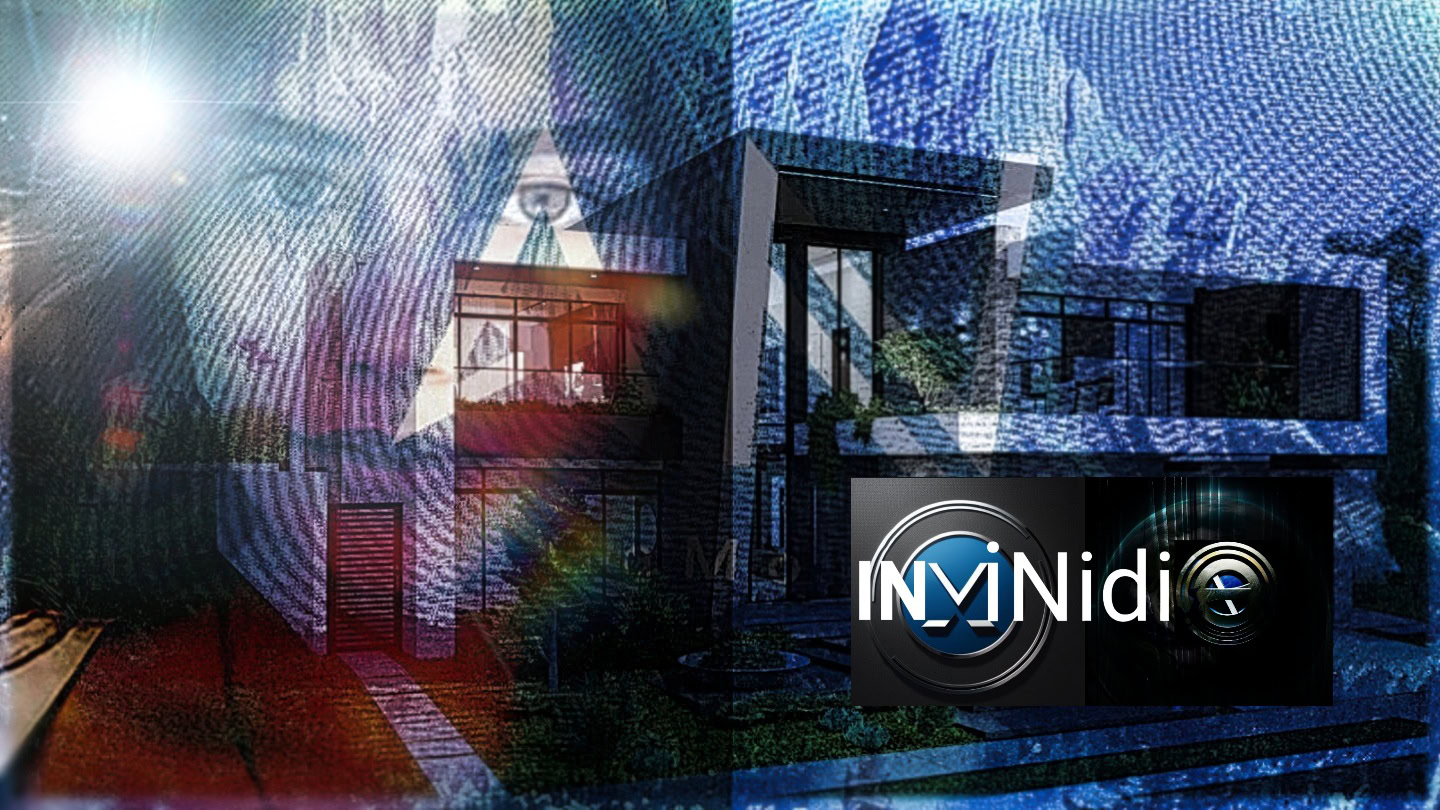And when you get into the realm of computer programming, there are more than 700 programming languages in the world.
And don’t get me started on how many programs in the world. It’s mind boggling when you think about it. It’s truly neverending. Think about it when you want to delve into the intricacies of design.
How did all the modern Alphabets come to be? It’s astonishing to find out the truth but I still want to know how this Planet 🌏🌍🌎🌍🌏 Earth I’m on got theirs.
🧐Educational and Informativeℹ️
The development of modern alphabets is a fascinating journey through history, involving the evolution of writing systems over thousands of years. Here’s a broad overview of how they came to be:
- Ancient Writing Systems:
- Cuneiform: One of the earliest forms of writing, developed by the Sumerians of ancient Mesopotamia around 3400 BCE. It used wedge-shaped marks on clay tablets.
- Hieroglyphics: Developed by the ancient Egyptians around 3100 BCE, using pictorial symbols carved into stone or written on papyrus.
- Phoenician Alphabet:
- Around 1200 BCE, the Phoenicians developed one of the first alphabets that used symbols to represent sounds rather than words or syllables. This alphabet had 22 letters and was much simpler than previous writing systems.
- Greek Alphabet:
- The Greeks adopted the Phoenician alphabet around 800 BCE and modified it, adding vowels. This was a significant advancement, as it made reading and writing more accessible.
- Etruscan and Roman Alphabets:
- The Etruscans, an ancient Italian civilization, borrowed the Greek alphabet and adapted it. The Romans later adopted the Etruscan version and further modified it to create the Latin alphabet, which is the basis for many modern alphabets today.
- Development of Other Alphabets:
- Cyrillic Alphabet: Developed in the 9th century by Saints Cyril and Methodius for the Slavic peoples, based on the Greek alphabet but with additional letters for Slavic sounds.
- Arabic Alphabet: Developed from the Nabataean alphabet, which itself was derived from the Aramaic alphabet. It became widespread with the spread of Islam from the 7th century onwards.
- Indian Alphabets: Derived from the Brahmi script, which dates back to the 3rd century BCE and is the ancestor of many modern Indian scripts like Devanagari (used for Hindi and Sanskrit) and Tamil.
- Spread and Adaptation:
- As cultures interacted through trade, conquest, and communication, alphabets spread and were adapted to fit the sounds and needs of different languages. For instance, the Latin alphabet was adapted to write Germanic languages, Romance languages, and many others.
- The printing press, invented by Johannes Gutenberg in the 15th century, helped standardize alphabets and spread literacy.
These alphabets continued to evolve, influenced by cultural, technological, and linguistic changes, leading to the diverse range of writing systems used around the world today.

Benefits of YouTube Premium
YouTube Premium offers several benefits related to content consumption:
- Ad-Free Experience: Users can watch videos without any ads, enhancing the viewing experience.
- Background Play: Videos continue to play in the background while using other apps or when the screen is off.
- Offline Playback: Users can download videos to watch offline, which is particularly useful when traveling or in areas with poor internet connectivity.
- YouTube Music Premium: Access to YouTube Music’s premium service, which includes ad-free music, background play, and offline downloads.
- YouTube Originals: Exclusive access to original series and movies produced by YouTube.
- Enhanced Features: Access to picture-in-picture mode and higher quality streaming options.
Benefits of IoT for Smartphones
The Internet of Things (IoT) significantly enhances the capabilities of smartphones, making them more intelligent and integrated with various aspects of daily life. Here are some benefits:
- Smart Home Integration: Control smart home devices such as lights, thermostats, and security systems directly from your smartphone.
- Health Monitoring: IoT devices like smartwatches and fitness trackers can sync with smartphones to monitor and manage health data.
- Automated Systems: Smartphones can interact with IoT devices for automation tasks, such as setting routines for lights, locks, and appliances.
- Enhanced Connectivity: Smartphones can act as central hubs to connect and control various IoT devices, ensuring seamless communication and interoperability.
- Data-Driven Insights: IoT devices collect data that can be analyzed via smartphone apps, providing insights into energy usage, security, and other metrics.
- Improved Efficiency: Integration with IoT allows for more efficient management of tasks and resources, such as optimizing energy consumption based on real-time data.
- Increased Convenience: IoT enhances user convenience by allowing remote control and monitoring of devices, ensuring tasks can be managed from anywhere.
Overall, YouTube Premium enhances content consumption by providing an ad-free, flexible, and exclusive content experience. Meanwhile, the integration of smartphones with IoT devices greatly enhances their functionality, making daily life more efficient, connected, and convenient.
Collective Benefits of Educational and Informative Content on YouTube Premium and YouTube Music
Creating and consuming educational and informative (EI) content on platforms like YouTube Premium and YouTube Music can have numerous benefits for individuals and society as a whole. Here are some potential achievements:
- Enhanced Learning Opportunities:
- Access to High-Quality Content: With YouTube Premium, users have access to ad-free, high-quality educational videos, which can improve learning experiences.
- Diverse Topics: A wide range of subjects is covered, from academic subjects to practical skills and hobbies.
- Expert Contributions: Educational content often features contributions from experts and educators, ensuring reliable and accurate information.
- Global Reach and Inclusivity:
- Bridging Educational Gaps: YouTube’s global reach can help bridge educational gaps by providing access to learning materials for individuals in remote or underserved areas.
- Language and Localization: Content can be available in multiple languages, making education accessible to non-native speakers.
- Collaborative Learning:
- Community Building: Users can engage with content creators and other learners, fostering a community of like-minded individuals.
- Interactive Features: Comments, live chats, and forums enable interactive learning and peer support.
- Personalized Learning Experiences:
- Curated Playlists: YouTube Music allows the creation of educational playlists, such as language learning, history, or science.
- Algorithmic Recommendations: Advanced algorithms can suggest relevant educational content based on user preferences and viewing history.
- Flexible and Convenient Learning:
- Offline Access: With YouTube Premium, educational videos can be downloaded and watched offline, making learning possible anytime, anywhere.
- Background Play: Users can listen to educational content while multitasking, enhancing productivity.
- Professional Development and Lifelong Learning:
- Skill Development: Access to tutorials and professional development courses helps individuals acquire new skills and advance their careers.
- Continuous Learning: Encourages a culture of lifelong learning, where individuals continually seek knowledge and self-improvement.
- Promotion of Critical Thinking and Awareness:
- Informed Citizenship: Access to factual and analytical content helps individuals become well-informed citizens, promoting critical thinking and awareness of global issues.
- Fact-Checking and Verification: Reliable educational channels can counter misinformation by providing accurate information.
- Creative and Innovative Education:
- Multimedia Learning: Combining visuals, audio, and interactive elements can make learning more engaging and effective.
- Innovative Teaching Methods: Content creators can experiment with innovative teaching methods and formats, such as gamification and virtual reality.
By leveraging the capabilities of YouTube Premium and YouTube Music for educational and informative purposes, we can collectively enhance learning experiences, promote inclusivity, and foster a global community dedicated to knowledge sharing and continuous improvement.
In conclusion, the evolution of writing systems and the integration of advanced technologies like YouTube Premium, YouTube Music, and the Internet of Things (IoT) have significantly transformed the way we access and consume content. From the ancient scribes of Mesopotamia etching cuneiform on clay tablets to modern users effortlessly accessing vast libraries of ad-free videos and music on their smartphones, the journey of human communication and education has been marked by continuous innovation and adaptation.
Writing systems, from cuneiform to the Latin alphabet, have been pivotal in documenting and disseminating knowledge. These early systems laid the foundation for the diverse range of alphabets used today. The Phoenician alphabet’s simplicity, the Greek alphabet’s introduction of vowels, and the adaptations by the Etruscans and Romans all contributed to the rich tapestry of written language. The development of alphabets like Cyrillic and Arabic further expanded this legacy, catering to the unique sounds and linguistic needs of various cultures.
§

§
The spread and adaptation of writing systems were greatly influenced by cultural interactions through trade, conquest, and technological advancements. The invention of the printing press by Johannes Gutenberg in the 15th century revolutionized the dissemination of written content, making books and literacy more accessible to the masses. This era of standardization and increased literacy paved the way for the diverse and sophisticated communication methods we enjoy today.
In the digital age, platforms like YouTube Premium and YouTube Music have democratized access to educational and informative content. The ad-free experience and enhanced features such as background play and offline playback make learning more convenient and immersive. Users can explore a wide range of subjects, engage with expert contributions, and benefit from personalized learning experiences through curated playlists and algorithmic recommendations. The global reach of these platforms helps bridge educational gaps and promotes inclusivity, offering valuable resources to underserved communities and non-native speakers.
Furthermore, the integration of IoT with smartphones has ushered in a new era of connectivity and efficiency. Smart home integration, health monitoring, and automated systems enhance daily life, making tasks more manageable and streamlined. Smartphones act as central hubs, connecting and controlling various IoT devices, ensuring seamless communication and data-driven insights. This interconnected ecosystem not only improves efficiency but also increases convenience, allowing users to manage tasks remotely and effortlessly.
Collectively, the benefits of educational and informative content on platforms like YouTube Premium and YouTube Music, combined with the capabilities of IoT, create a powerful synergy that enhances learning opportunities, fosters global communities, and promotes lifelong learning. Access to high-quality, diverse content empowers individuals to acquire new skills, advance their careers, and stay informed about global issues. The interactive features and innovative teaching methods employed by content creators make learning engaging and effective, encouraging critical thinking and creativity.
As we continue to leverage these advanced technologies, we can look forward to a future where knowledge is more accessible, education is more inclusive, and learning is a continuous and enriching journey. The evolution of writing systems and the integration of modern technologies remind us of the enduring human quest for knowledge and communication, driving us toward a more connected and informed world.
 Invinidi The mystery within existence
Invinidi The mystery within existence








